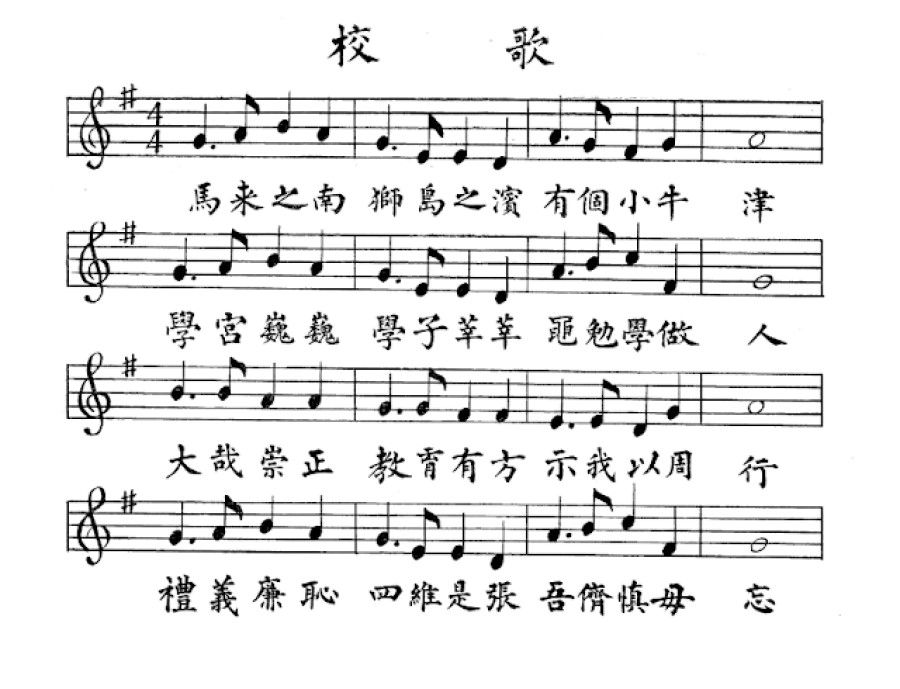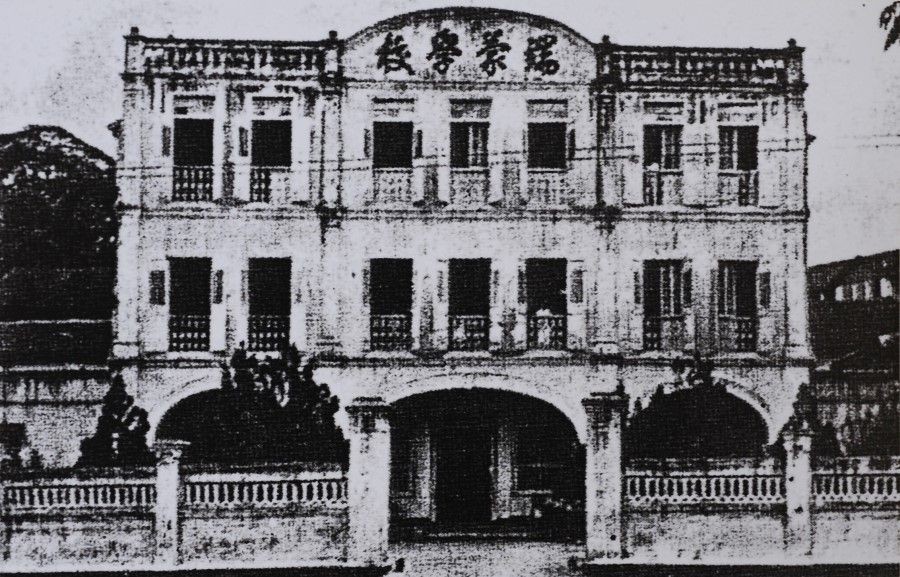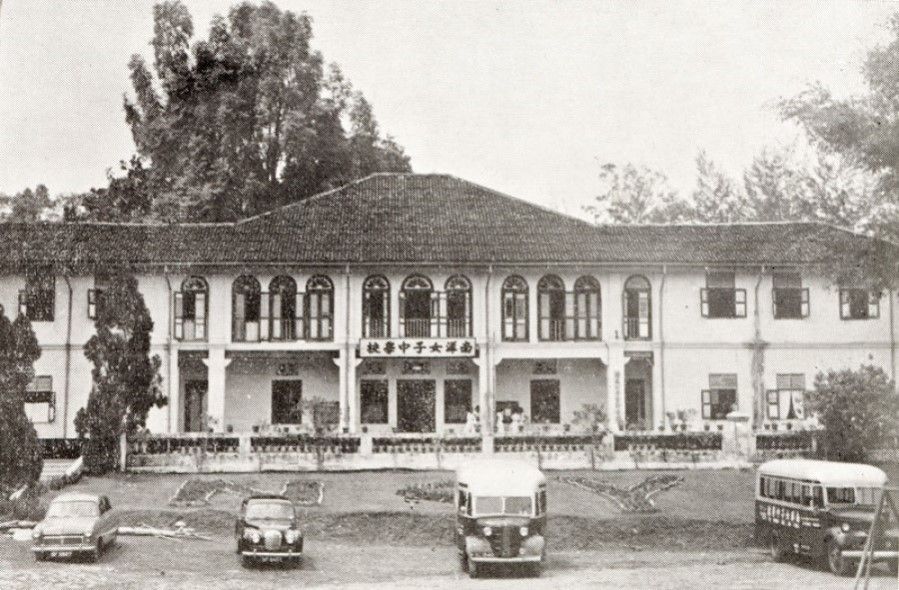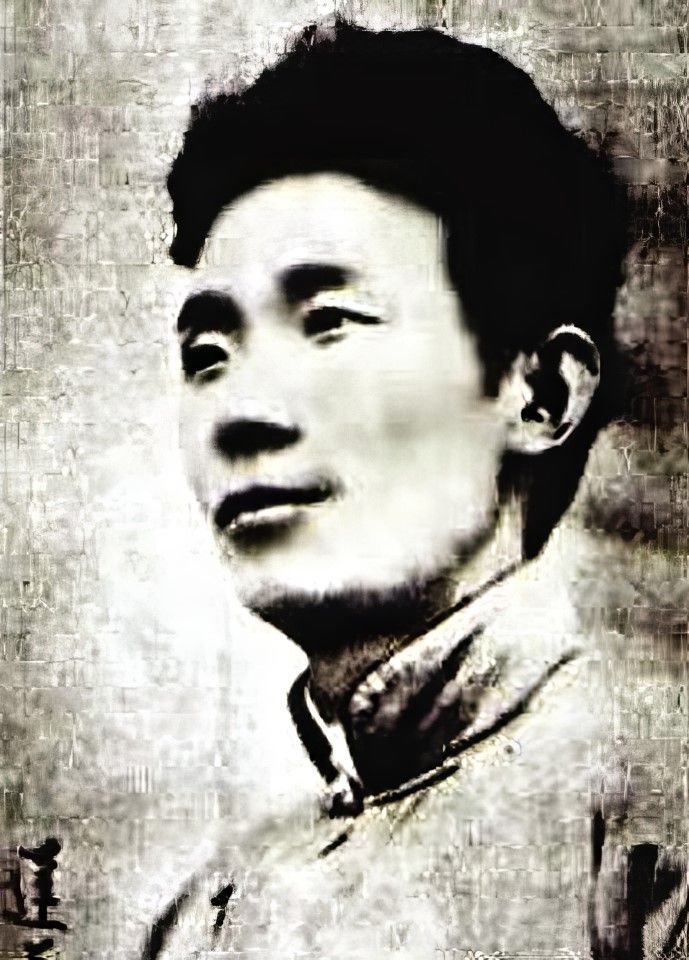How Singapore's Chinese-medium schools showcase pride and dreams through anthems

I was in secondary school when I first discovered the existence of school anthems. When the teacher introduced the school song in the first few music classes, I felt a refreshing sense of belonging as I sang along.
I later became curious about the melodies and lyrics of anthems from other schools. Subconsciously, I wanted to compare which was better. But in the end, I was not accomplished enough to make that judgement; I only knew that a school song should convey ideals and be dignified and melodious.
Evoking the classics
At the time, I lived in a village, and I had my cousin to thank for my knowledge of anthems from the various schools. The graduation yearbooks from several secondary schools were lined up on the shelves in his home, and I devoured each one, including Chung Cheng High School, Thomson Government Chinese Middle School, Yuying Secondary School, Nanyang Girls' High School, Zhonghua Secondary School, and Chinese High School.
The lyrics of many Chinese school anthems were very literary back then. It was a time when classical Chinese still had a place, and school songs were filled with the Four Cardinal Principles and Eight Virtues (四维八德) and the pithy sayings of the sages, expressing ideals that exuded the spirit of the Republic of China in the 1920s and 1930s.
For example, Chongzheng's anthem went: "Let us spread the four cardinal principles of propriety, justice, integrity and shame; let us take care to remember them (礼义廉耻,四维是张,吾侪慎勿忘)." Meanwhile, Chung Cheng's song had: "Proclaiming our Chung Cheng, supreme and strong (曰吾中正,至大至刚)." These were the typical examples.
... with Chinese-medium schools a thing of the past, I find these words to have a sweet aftertaste now that I can savour them, along with the sense of melancholy from having to look elsewhere for what has been lost.

Old school songs are often sprinkled with classical Chinese particles, and words such as 兮 (xi) and 哉 (zai) - filler words that hold no real semantic meaning - give the lyrics a flavour reminiscent of the essays from the Chu Ci (楚辞, Songs of Chu).
Every line in the Tuan Mong High School song has the word xi (兮): 赫赫兮端蒙, 养正兮圣功, 勤慎兮诚正, 时雨兮春风 (Illustrious is Tuan Mong/upright and meritorious/diligent and sincere/timely as rain and spring breeze).
An early version of the Yuying anthem also had xi (兮): 惟勤兮学有恒, 惟朴兮行有义 (Only with diligence can one persevere in learning/Only in simplicity can one act with righteousness), while Chung Cheng's has zai (哉): 大哉中正, 悠久无疆 (To eternity we perpetuate/The aspirations of our magnificent Chung Cheng/Far beyond all boundaries).
As a young person reading these lyrics sprinkled with xi and zai, I felt that I was just swallowing them without digesting them. However, with Chinese-medium schools a thing of the past, I find these words to have a sweet aftertaste now that I can savour them, along with the sense of melancholy from having to look elsewhere for what has been lost.

As Chinese-medium schools faded away, even for those that were lucky enough to keep their names, more often than not their anthems were revised. Now, if you miss the old-time flavour of xi, you can still look at the Dunman High School song that goes: 吾学兮博通, 吾德兮高崇 (Broad is our learning, noble is our virtue). Meanwhile, River Valley High's song has xi too: 与日月争光兮, 与天地共久长 (Bright as the sun and moon, eternal as the land and heavens).
Time has dried up people's passion, but the old xi has endured, not fading away with classical Chinese.
Cultural pride and pursuit of excellence
Pre-war local Chinese-medium schools seemed to have more straightforward lyrics in their anthems, especially for girls' schools. Nanyang Girls' lyrics were direct: 我们跟时代进行,高唱谐和的歌音。五育平均齐发展,堂堂地做个完人 (We move with the times, singing harmonious songs/ Equal development in five aspects, proudly becoming complete individuals).
Nan Chiau Girl's High emphasised the era with lyrics like: 警钟在猛敲, 发扬中华文化, 争取民族荣耀 (The alarm bells are ringing out loud/Spread Chinese culture/Fight for the glory of the people).
Most Chinese-medium school anthems evoke some sense of cultural pride. Chinese High or Hwa Chong's lyrics goes like this: 猗与华中, 南方之强, 我中华之光 (Oh, Hwa Chong/Mighty presence in the south/Pride of the Chinese people).
Nanyang Girls' song includes the lines: 我南洋桃李成荫,我南洋校誉光荣,在太平洋的西岸,在印度洋的东滨,共同努力振起精神,献身国家基础,锻炼身心 (Our Nanyang grooms talents full of promise/Our Nanyang has a glorious reputation/On the western coast of the Pacific Ocean/On the eastern shore of the Indian Ocean/Let us take heart/Dedicate ourselves to building the country/Training our bodies and minds).
Having dreams is the most beautiful thing, and hope will follow. Indeed, pursuing ideals in the classroom is wonderful.

Chung Cheng's does not fall short either: 矗立星洲, 巍巍昂昂 (Overlooking the eastern shore of Singapore/ Gallantly stands the magnificent Chung Cheng of ours).
Even primary school songs included the vision of challenging the world. After World War II, Yangzheng Primary School's song went: 养士气 正童蒙,快把世界迎头赶上,保我河山为亚洲雄 (Cultivate a gallant spirit, teach children to be upright/ Catch up with the world/ Preserve our land to be the might of Asia).
Having dreams is the most beautiful thing, and hope will follow. Indeed, pursuing ideals in the classroom is wonderful.
During a conversation about school anthems, my friend revealed that the song of his alma mater, Chongzheng Primary School, contained the bold line 马来之南, 狮岛之滨, 有个小牛津 (South of Malaya, on the shore of Singapore, there is a little Oxford). Using Oxford as a model - that was the pursuit of excellence.
It was only when I looked at various school songs that I found that the practice of putting new wine in old bottles was common in writing school songs.
Chinese words and western melodies
In an era where the concept of copyright was different from today, it was common to add new lyrics to existing melodies. If a suitable Western melody was found and paired with lyrics full of Chinese cultural elements, it became a perfect match.
The century-old song Farewell (送别), by the Buddhist monk Hong Yi (born Li Shutong), put lyrics to the tune of American composer John P. Ordway's song Dreaming of Home and Mother, in a natural blending of Chinese and Western elements. It was only when I looked at various school songs that I found that the practice of putting new wine in old bottles was common in writing school songs.

The melody for Hwa Chong's school song was also imported, taken from the 19th-century American folk song Annie Lisle by Henry S. Thompson, paired with lyrics written by teacher Shao Qingyuan. According to online information, Cornell University in the US and Jinling High School in Nanjing also came up with their school anthem by putting their respective lyrics to the same melody.
When a friend gave me a ride home recently, I mentioned that the melody for Hwa Chong's school anthem was taken from a Western song. He took a moment before saying: "Kong Yiong's school song was a Christmas carol."
I looked into it and indeed, the old school song of the former Kong Yiong High School is set to the tune of O Come, All Ye Faithful, an annual Christmas standard.
On the school anthem score of Nan Hwa Girls' High, Huang Suqiong (黄素琼) and Yang Shui Chor, a former principal, were respectively credited with choosing the melody and writing the lyrics, indicating that the song was not original.
Local composers, such as Lee Howe (李豪) and Samuel Ting (丁祝三), also composed the melodies of the anthems for many secondary schools, including some Chinese-medium schools. As for the lyrics, they were often written by principals or teachers, but there were some prominent literary figures who also contributed.

The lyrics for the school song of Pei Chun Public School were written by May Fourth Movement scholar Yu Dafu, who moved to Nanyang in late 1938. His lyrics say: studying is not only for oneself but also for society; the four virtues of propriety, justice, integrity and shame are principles for how we conduct ourselves and how we treat others; and we have to work hard and persevere to the end (为学是为己同时也为人,礼义廉耻是待人持己的四大纲领,为始为终我们要刻苦坚忍).
Alas, the writer's pen left its mark, but his life ended under the bayonets of the Japanese army.
This article was first published in Lianhe Zaobao as "碎话校歌".
